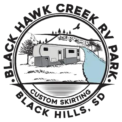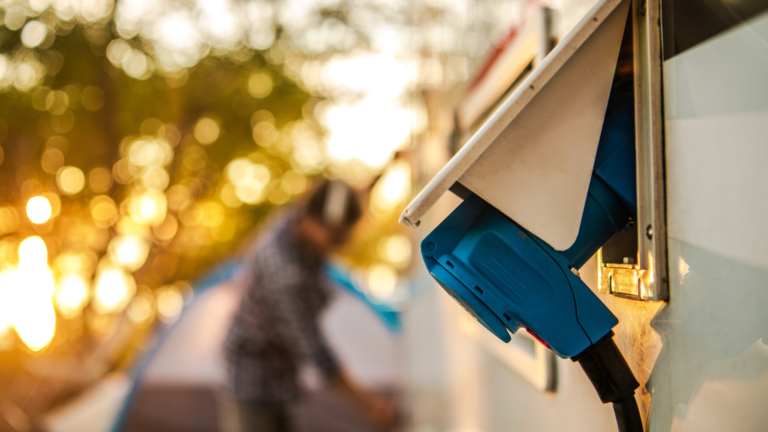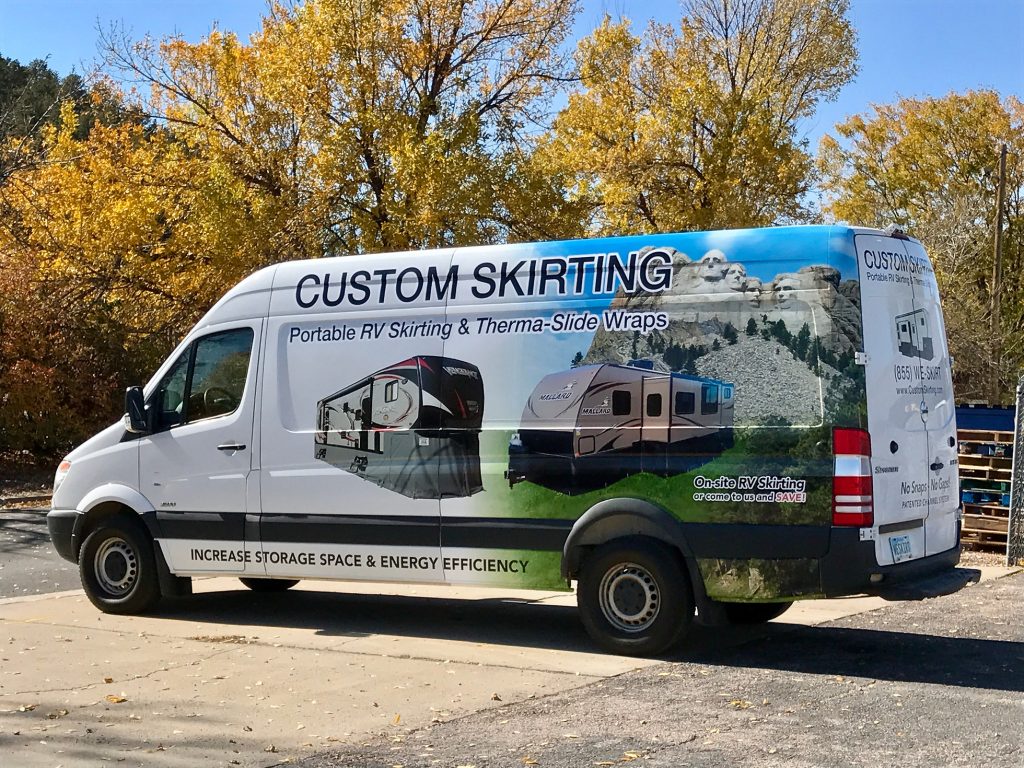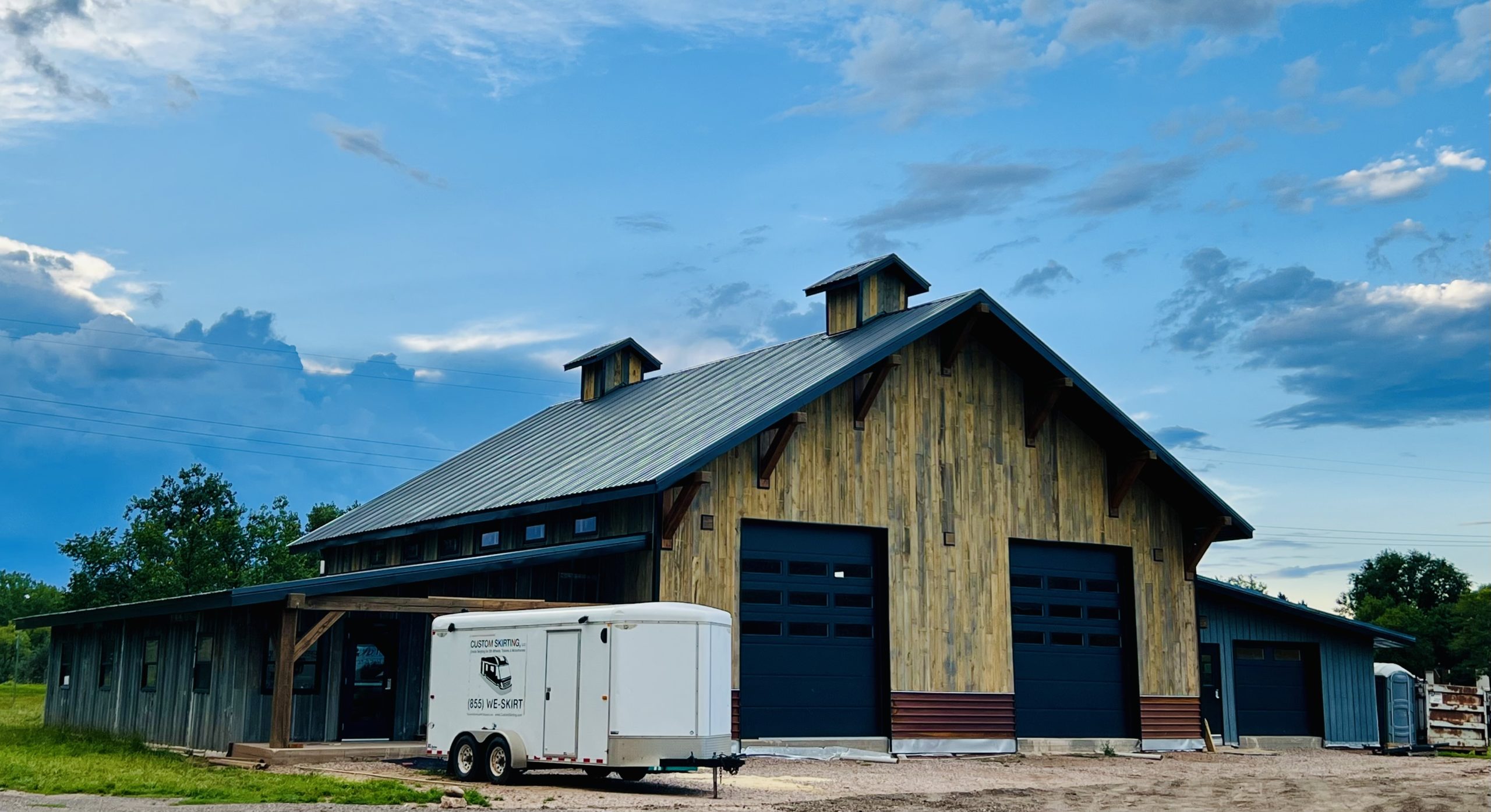Table of contents
For new RV owners and seasoned travelers alike, understanding RV hookups is essential for a comfortable and enjoyable camping experience. Whether you’re connecting to a campground electrical hookup, setting up your camper electrical hookup, or exploring the various RV hookup options available, this comprehensive guide will walk you through everything you need to know about RV electrical hookup systems and more. RV hookups are the lifelines that connect your mobile home to essential utilities at campgrounds and RV parks. These connections provide electricity, water, and waste disposal services, allowing you to enjoy the comforts of home while on the road. In this article, we’ll explore the different types of rv hookups, how to use them safely, and tips for troubleshooting common issues.
Understanding RV Hookups
RV hookups are the connections that allow your recreational vehicle to access essential utilities at campgrounds and RV parks. These typically include electrical, water, and sewer connections, though some sites may offer additional amenities like cable TV or internet hookups.
There are three main types of rv hookups you’ll encounter:
- Full hookups: These sites offer electrical, water, and sewer connections.
- Partial hookups: These usually provide electrical and water connections, but may lack sewer hookups.
- Basic or primitive sites: These offer minimal or no hookups, often just a place to park your RV.
The benefits of full hookups are numerous. They allow you to use all of your RV’s systems without worrying about conserving resources. You can run your air conditioning, take long showers, and use your appliances freely. Partial hookups require more careful management of your resources, especially when it comes to your holding tanks.
For contrast, boondocking (also known as dry camping) involves camping without any hookups. This style of RVing relies entirely on your vehicle’s onboard systems and requires careful resource management.
Electrical Hookups
One of the most critical aspects of rv hookups is the rv electrical hookup. Understanding your RV’s electrical system and how to safely connect to campground electrical hookups is crucial for a trouble-free camping experience.
RVs typically come with either a 30-amp or 50-amp electrical system. Here’s how to identify which one you have:
- 30-amp systems have a three-prong plug with a single 120-volt hot wire.
- 50-amp systems have a four-prong plug with two 120-volt hot wires, allowing for more power.
To connect to a campground electrical hookup, follow these steps:
- Turn off all appliances and the main breaker in your RV.
- Inspect the power pedestal and your plug for any damage.
- If using an adapter, connect it to the pedestal first.
- Plug in your RV’s power cord.
- Turn on the breaker at the pedestal.
- Turn on your RV’s main breaker and test your appliances.
It’s highly recommended to use a surge protector to safeguard your RV’s electrical system from power surges and low voltage situations. Additionally, having the right adapters on hand can help you connect to different types of camper electrical hookup pedestals you might encounter.
Common electrical issues RV owners face include tripped breakers, faulty connections, and incompatible amperage. Always ensure your power usage doesn’t exceed your RV’s capacity or the campground’s supply.
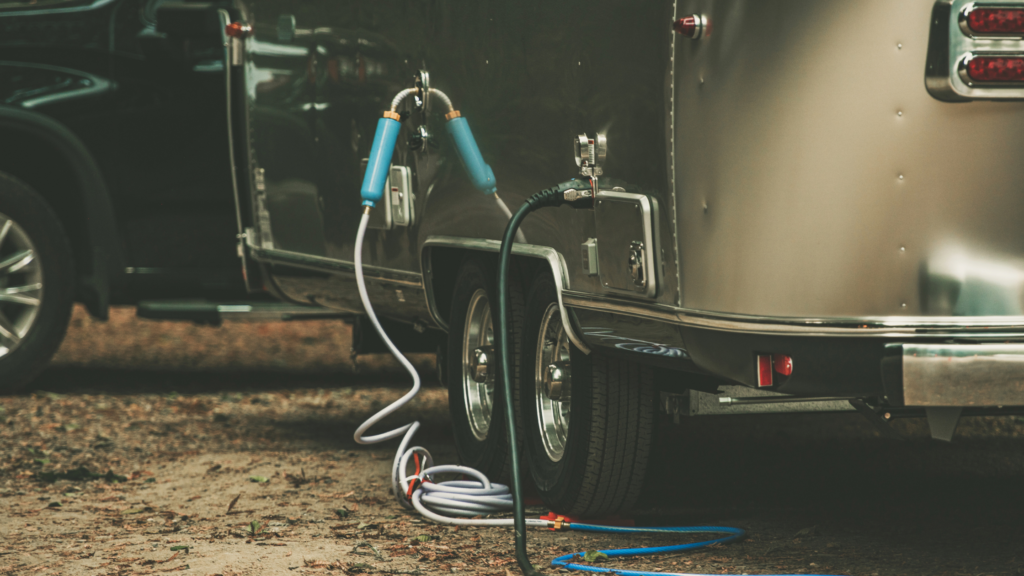
Water Hookups
Connecting to a campground’s water supply is another essential aspect of rv hookups. To ensure a safe and hygienic water connection, follow these guidelines:
- Use a potable water hose: These white or blue hoses are designed for drinking water and won’t impart any unpleasant tastes or odors.
- Install a water pressure regulator: Campground water pressure can vary widely and may damage your RV’s plumbing. A regulator helps maintain a safe pressure level.
- Consider a water filtration system: This can improve the taste and quality of your water, especially when camping in areas with questionable water quality.
To maintain your RV’s water system:
- Regularly sanitize your freshwater tank and lines.
- Winterize your system if camping in freezing temperatures.
- Flush your system after long periods of non-use.
Sewer Hookups
Proper handling of waste is crucial for health and environmental reasons. When connecting to a campground’s sewer system:
- Always wear gloves and practice good hygiene.
- Use a sewer hose support to create a downward slope from your RV to the sewer connection.
- Only open your black and gray tank valves when you’re ready to dump.
- Flush your tanks thoroughly after emptying.
For sites without sewer hookups, be prepared to use dump stations. These are typically available at campgrounds, truck stops, and some rest areas. Always follow proper procedures and etiquette when using these facilities.
TV and Internet Hookups
Staying connected while on the road is important for many RVers. Here are some options:
- Cable TV: Many campgrounds offer cable TV hookups. Bring a coaxial cable to connect.
- Satellite TV: Portable satellite dishes designed for RV use are available.
- Internet: Options include:
- Cellular hotspots
- Campground Wi-Fi (often unreliable)
- Satellite internet (expensive but works in remote areas)
Setting Up RV Hookups at Home
Creating a home base for your RV can be convenient for storage and maintenance. Here’s what you need to consider:
- Electrical: You may need to install a dedicated 30 or 50-amp outlet. Always consult a licensed electrician.
- Water: Consider installing an exterior water connection with a shut-off valve.
- Sewer: Check local regulations regarding RV sewer connections at home. You may need permits or professional installation.
Remember to winterize your home RV hookup if you live in an area with freezing temperatures.
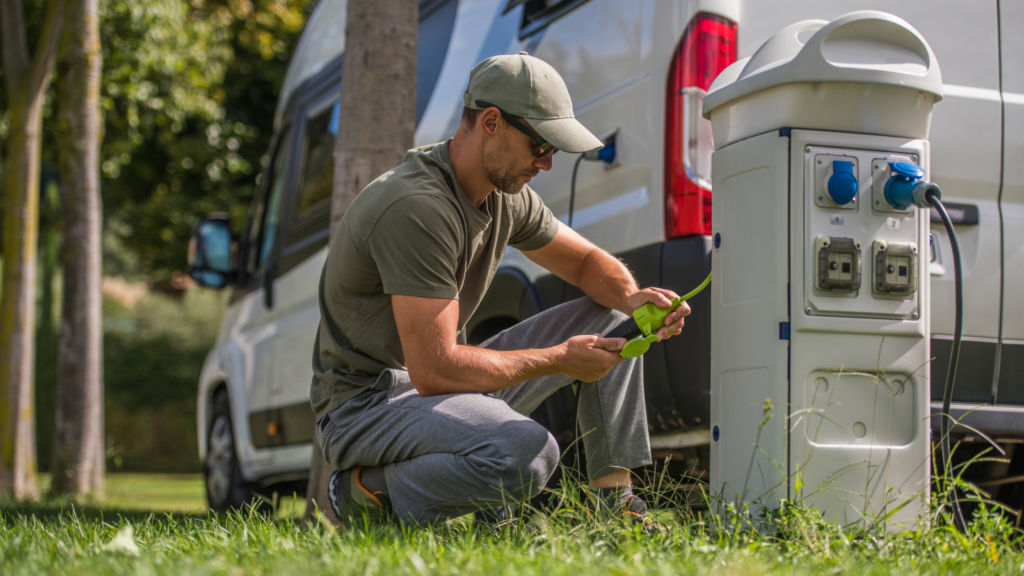
Troubleshooting Common Hookup Issues
Even with proper setup, issues can arise. Here are some common problems and solutions:
- Power surges or low voltage: Use a surge protector and consider a voltage monitor.
- Water pressure problems: Ensure your pressure regulator is working correctly.
- Sewer system clogs: Use tank treatments and plenty of water when flushing.
Preventive maintenance is key to avoiding many hookup-related issues. Regularly inspect your cords, hoses, and connections for wear or damage.
RV Hookups FAQs
What is the most common RV electrical hookup?
The most common rv electrical hookup is the 30-amp service. Many campgrounds and RV parks are equipped to handle both 30-amp and 50-amp connections, but 30-amp is more universally available.
How to make an RV hookup?
To make an rv hookup, start by connecting your electrical system to the campground’s power pedestal. Next, attach your freshwater hose to the water supply. If available, connect your sewer hose to the campground’s sewer connection. Always follow proper safety procedures and use appropriate equipment for each connection.
How many amps for RV hookup?
RVs typically use either 30-amp or 50-amp rv hookup systems. Smaller RVs and travel trailers often use 30-amp service, while larger motorhomes and fifth wheels usually require 50-amp service due to their higher power needs.
Can you run a 30 amp RV on a 110 outlet?
Yes, you can run a 30-amp RV on a standard 110-volt outlet using an adapter. However, you’ll be limited to about 15-20 amps of power, which means you won’t be able to run all of your RV’s systems simultaneously. This setup is best for temporary use or when full rv hookups aren’t available.
Can I safely plug a 30 amp RV into 50 amps?
Yes, you can safely plug a 30-amp RV into a 50-amp campground electrical hookup using the appropriate adapter. Your RV will only draw the power it needs (30 amps), so there’s no risk of overloading your system. However, you can’t plug a 50-amp RV into a 30-amp outlet without risking damage to your electrical system or the campground’s infrastructure.
Hookup Your RV at Black Hawk Creek RV Park!
Are you ready to put your newfound knowledge of RV hookups to the test? Look no further than Black Hawk Creek RV Park & Cabins, your premier destination for top-notch RV hookup experiences in South Dakota!
Located just 2 miles from the interstate and a quick 5-minute drive from the vibrant city of Rapid City, Black Hawk Creek RV Park is the perfect base camp for your South Dakota adventure. Our park offers a wide range of accommodations, including spacious RV sites with full RV hookups to ensure your comfort throughout your stay.
Here’s why Black Hawk Creek RV Park is the ideal choice for RV enthusiasts:
- Superior RV Hookups: Our park provides state-of-the-art rv electrical hookups, water connections, and sewer facilities to meet all your needs.
- Convenient Location: We’re situated close to South Dakota’s most iconic attractions, including Mount Rushmore, Crazy Horse, Custer State Park, Badlands National Park, Devils Tower, and the historic Wild West gambling town of Deadwood.
- Year-Round Accessibility: Whether you’re planning a summer vacation or a winter getaway, our park is open all year round.
- Flexible Stay Options: From short-term travelers to those seeking extended stays, we have options to suit every itinerary.
- Diverse Accommodations: In addition to our RV sites, we also offer cozy cabins for those times when you want to switch things up.
Don’t settle for subpar campground electrical hookups or unreliable camper electrical hookup options. At Black Hawk Creek RV Park, we understand the importance of reliable and safe rv hookups, and we’ve designed our facilities with your needs in mind.
Ready to experience the best in RV camping? Book your stay at Black Hawk Creek RV Park today and unlock the door to a world of exploration, relaxation, and comfort in the heart of South Dakota. Your perfect RV adventure awaits!
